Part of the Jantar Mantar observatory complex in New Delhi, India
© Uniquely India/Getty Images
Part of the Jantar Mantar observatory complex in New Delhi, India
The people of New Delhi, India’s capital city, won’t be able to see today’s total solar eclipse. But they still get astronomical bragging rights—for nearly three centuries they’ve hosted one of the world’s most striking observatories. Built in the 1720s, the astronomical instruments that make up Jantar Mantar are geometric forms constructed at such a large scale that they could measure time and track heavenly bodies with unprecedented precision. The structure seen here is called the Rama Yantra, and was used to observe the position of celestial objects like stars and planets. The observatory complex also includes an enormous sundial that could measure time to an accuracy of 2 seconds, a degree of precision never previously achieved. The Maharaja Jai Singh II commissioned the construction of five such observatories across northern India between 1721 and 1730, each named Jantar Mantar. By locating the sites in different locations, astronomers could compare readings from different coordinates, enabling them to achieve greater accuracy.
Related Images
Today on Bing
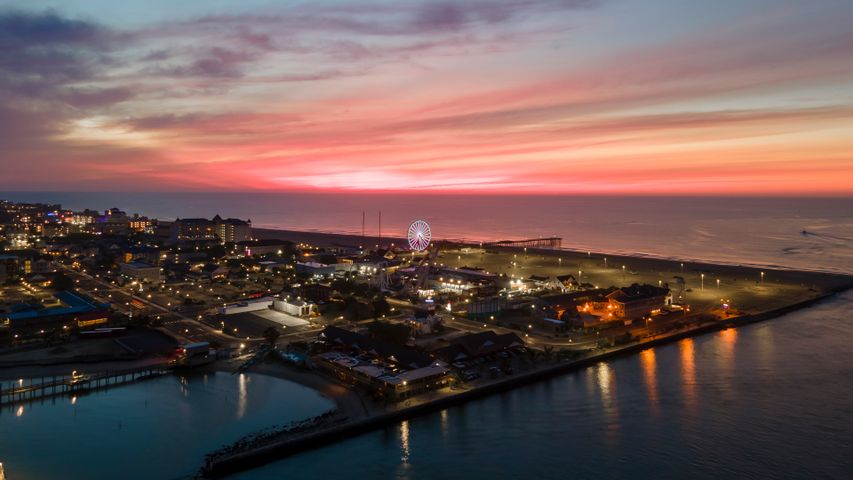
Ocean City, Maryland, at sunrise
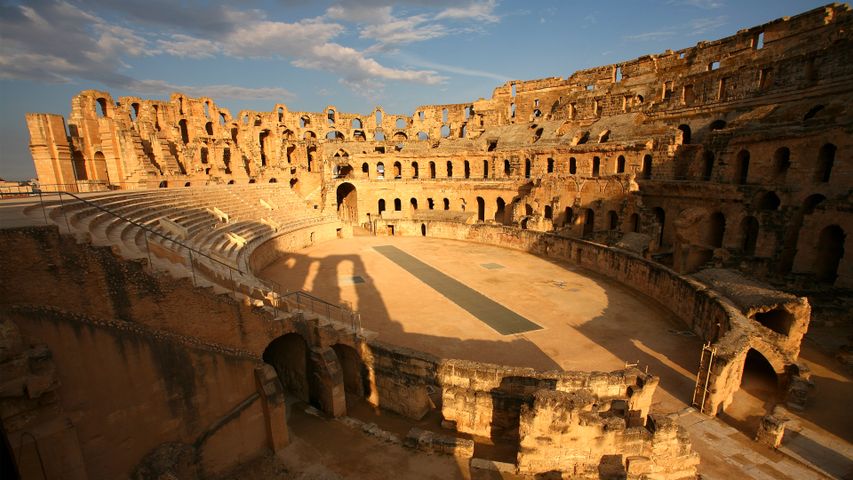
Amphitheatre of El Jem, Tunisia

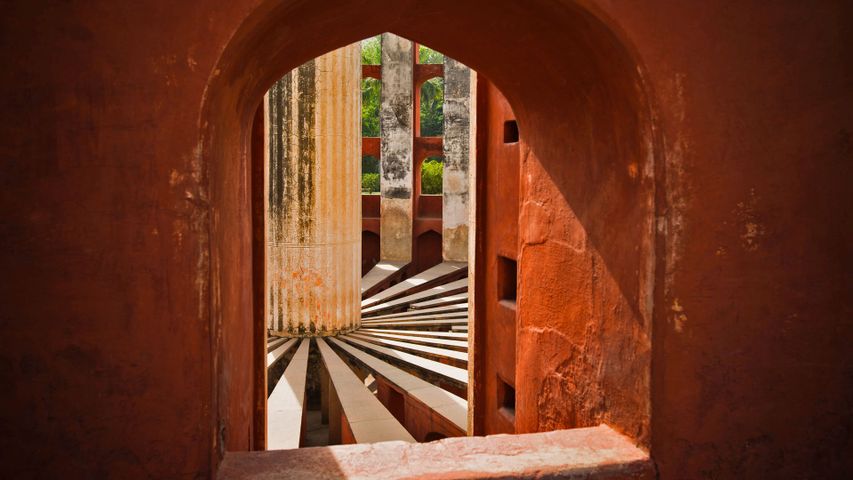
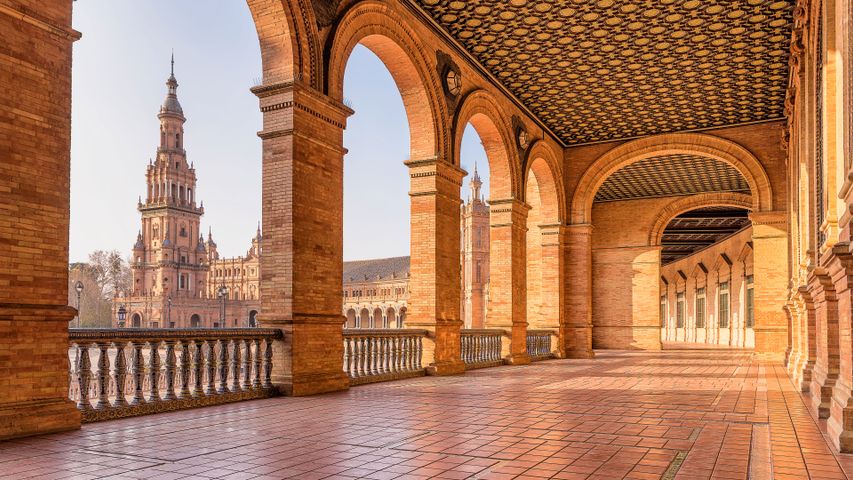 Plaza de España, Seville, Spain
Plaza de España, Seville, Spain
 Kachina Bridge, Natural Bridges National Monument, Utah
Kachina Bridge, Natural Bridges National Monument, Utah
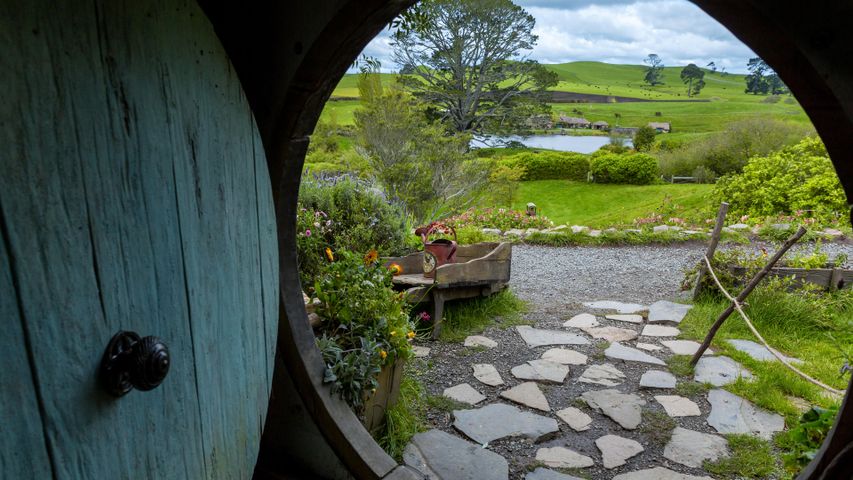 Hobbit-hole in Hobbiton Movie Set, Waikato, New Zealand
Hobbit-hole in Hobbiton Movie Set, Waikato, New Zealand
 The Gateway Arch in St. Louis, Missouri
The Gateway Arch in St. Louis, Missouri
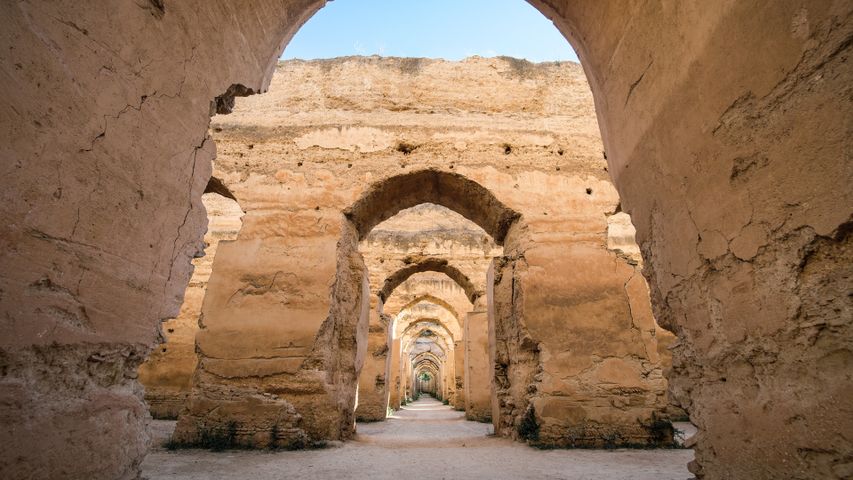 Heri es-Swani in Meknes, Morocco
Heri es-Swani in Meknes, Morocco
 Flooded crypt, Basilica of San Francesco, Ravenna, Italy
Flooded crypt, Basilica of San Francesco, Ravenna, Italy
 Sattais Katcheri (Court of 27 Pillars), Amber Fort, Rajasthan, India
Sattais Katcheri (Court of 27 Pillars), Amber Fort, Rajasthan, India
 Double Arch seen through Cove Arch, Arches National Park, Utah
Double Arch seen through Cove Arch, Arches National Park, Utah

